A few weeks ago I attended a letterpress workshop at Tsukiji Katsuji (築地活字) print shop in Yokohama. Founded in 1919, the shop specialises in letterpress printing, a mechanical process that went largely out-of-date in the 1980s due to the rise of computers but has recently experienced a resurgence as an artisan handcraft.
The world’s first movable type printing press technology for printing paper books was made of ceramic porcelain materials and invented in ancient China around A.D 1040.
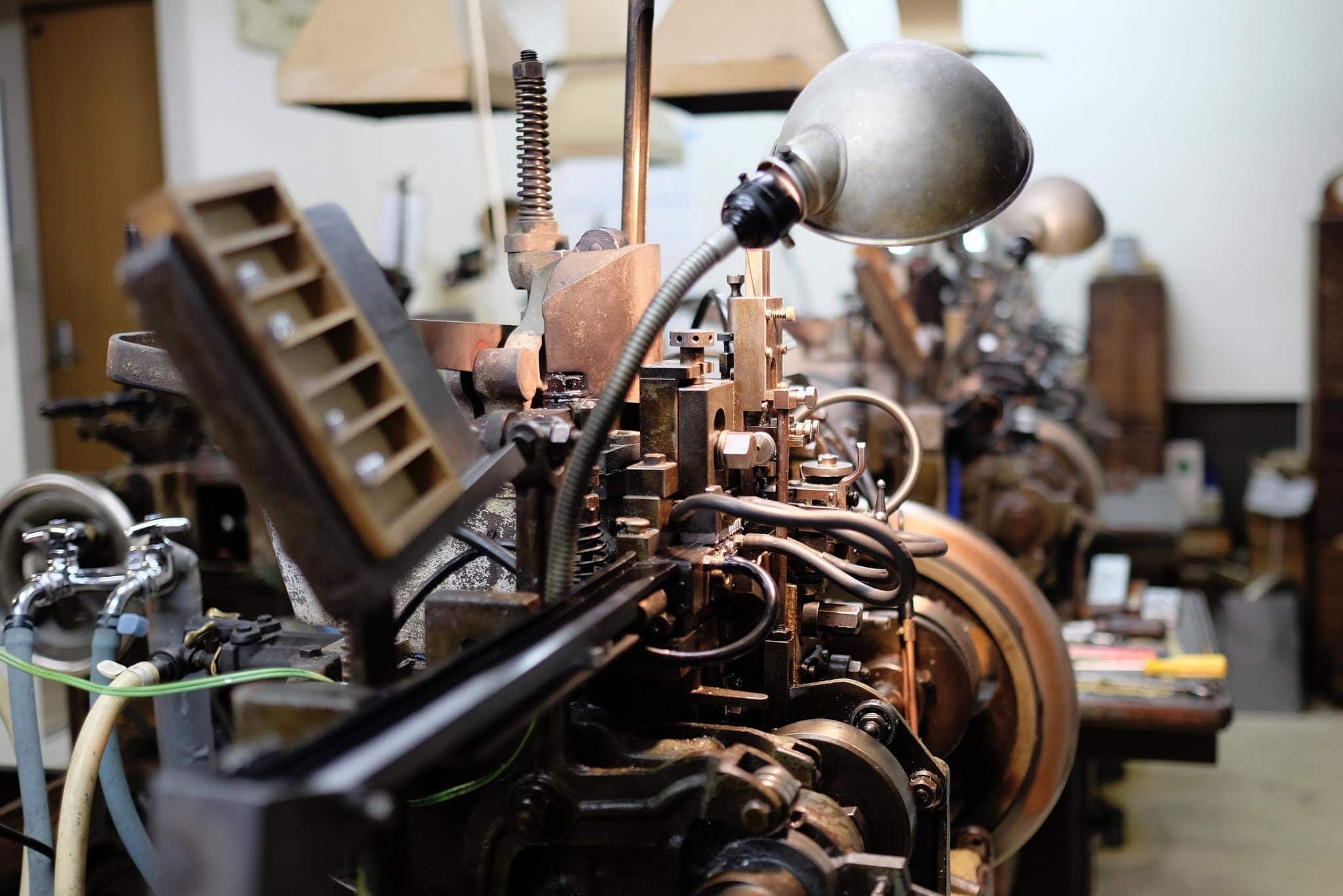
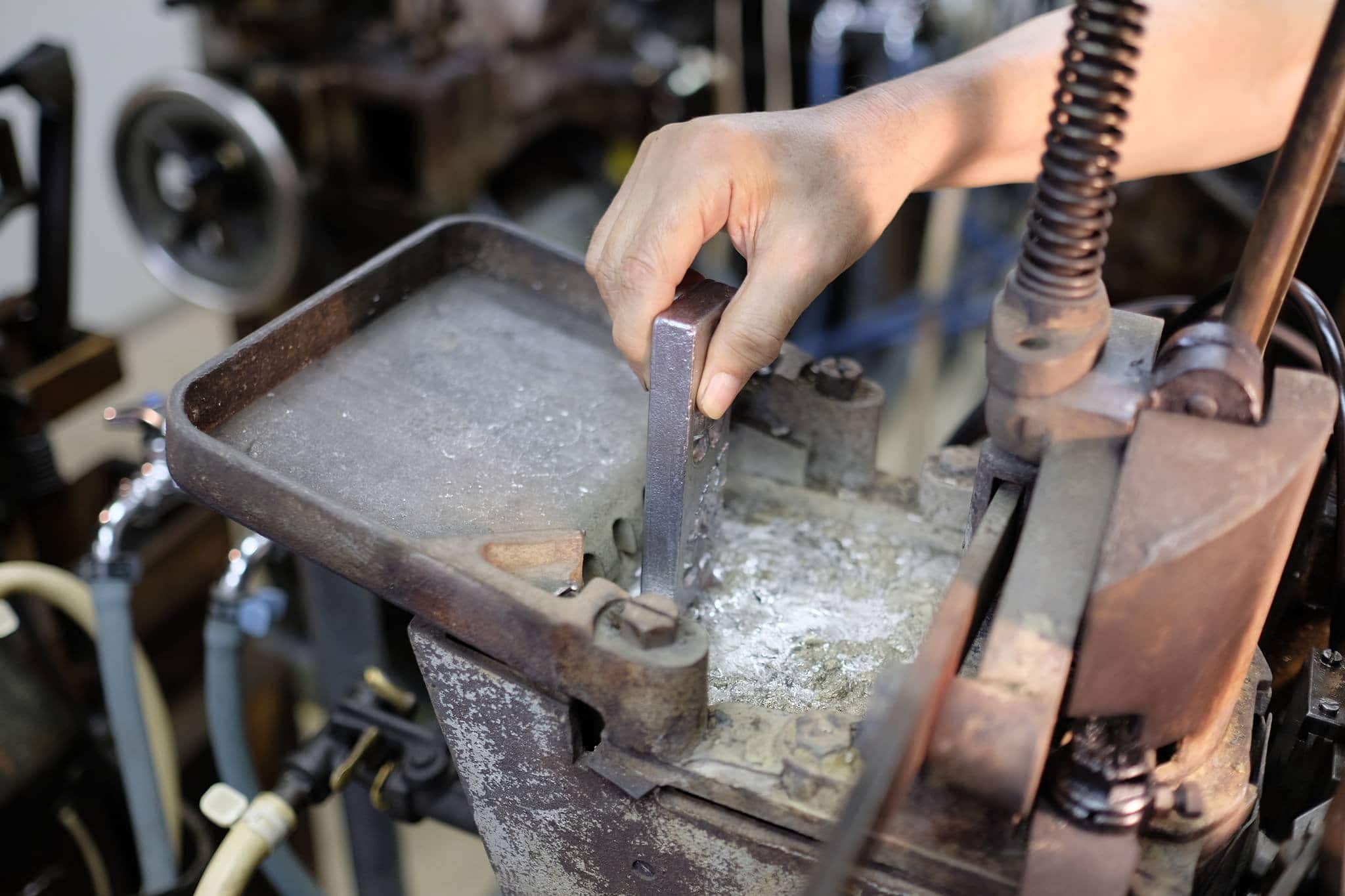

Tsukiji Katsuji utilises hot metal typesetting whereby a Hakko type casting machine injects molten lead alloy into a mould that has the shape of one or more glyphs.
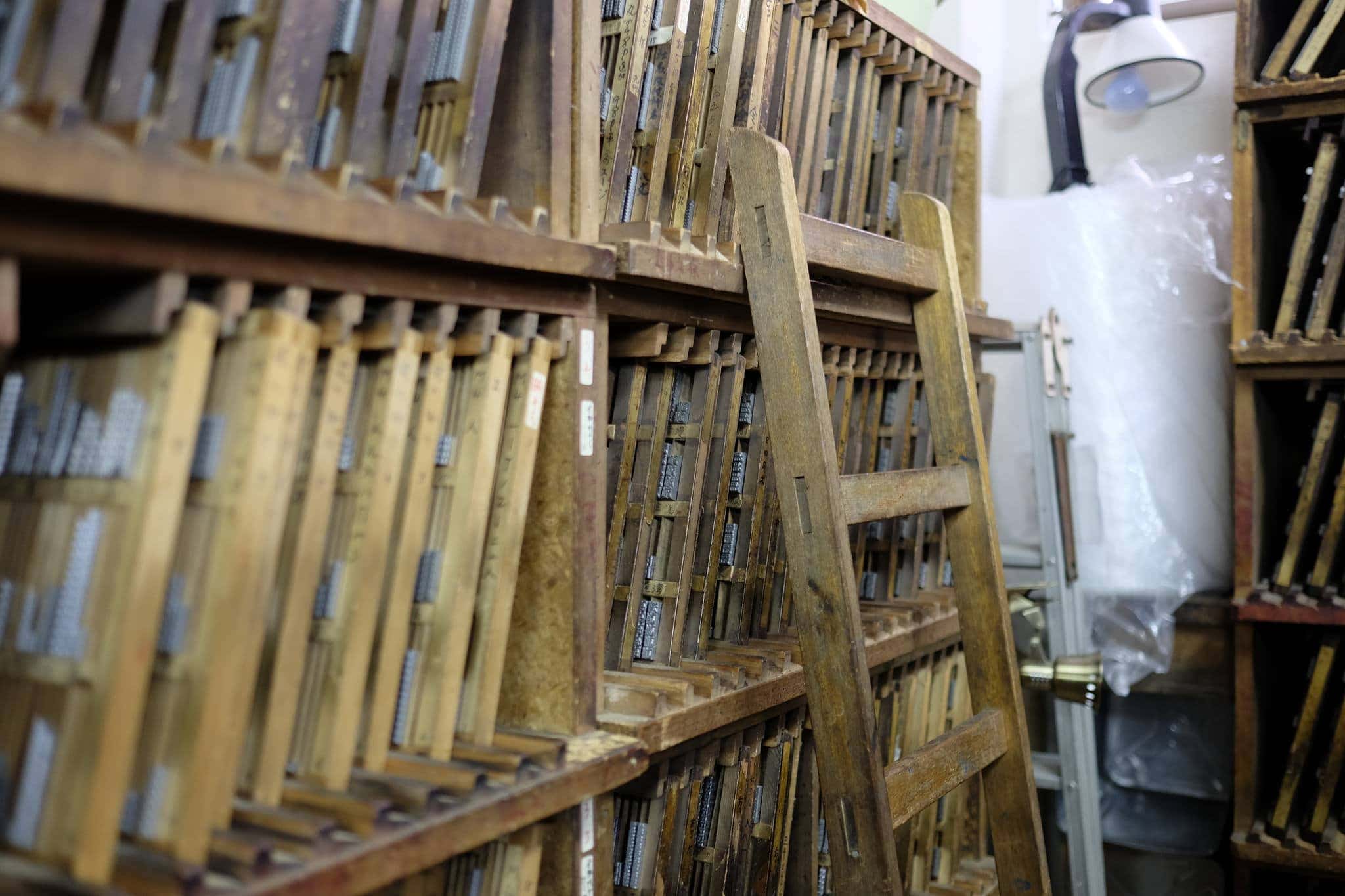
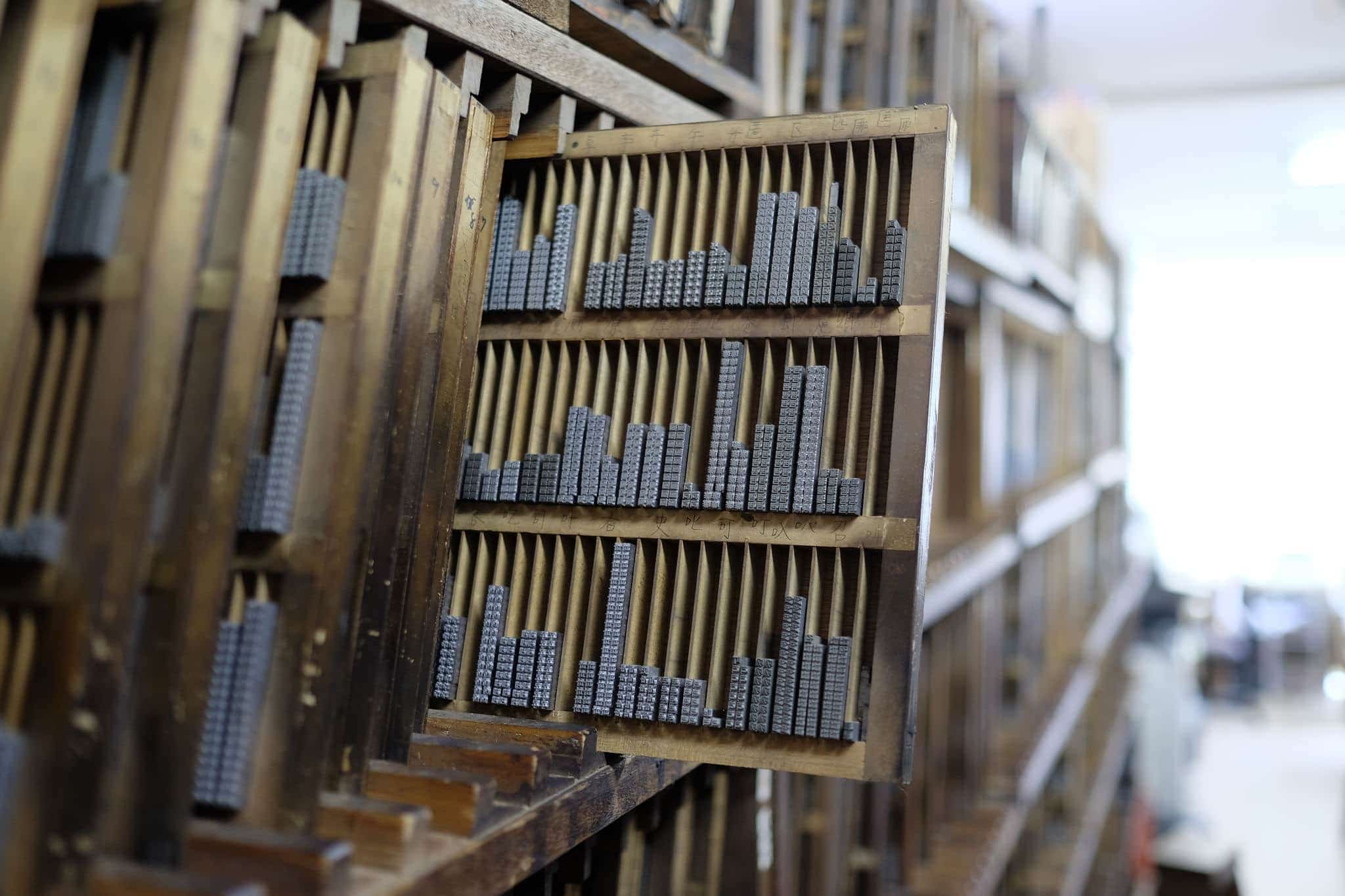

For Asian languages like Japanese, this requires making and storing thousands of different characters which are kept in wooden drawers called job cases (I shudder to imagine if these fell over during an earthquake).
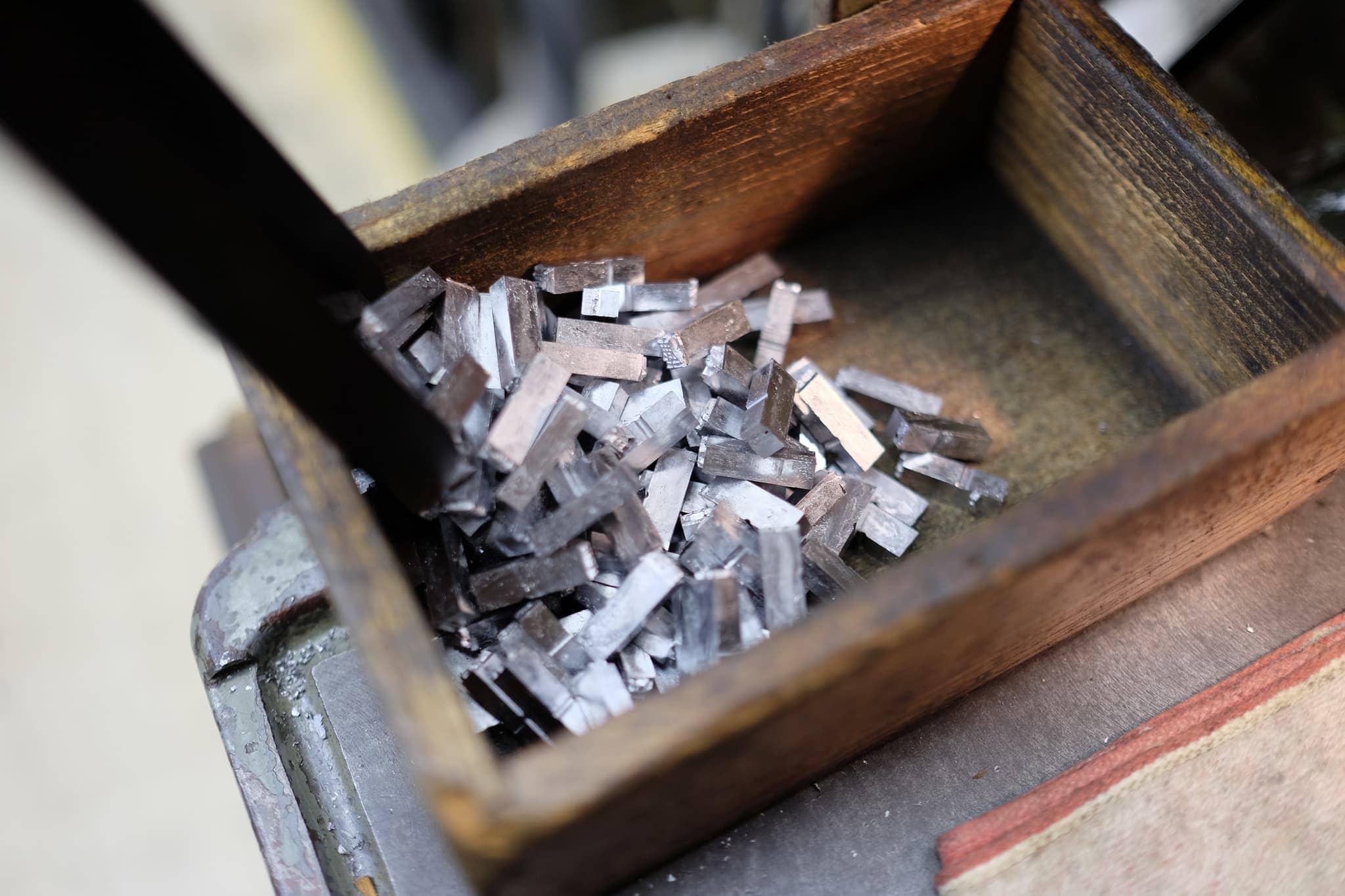
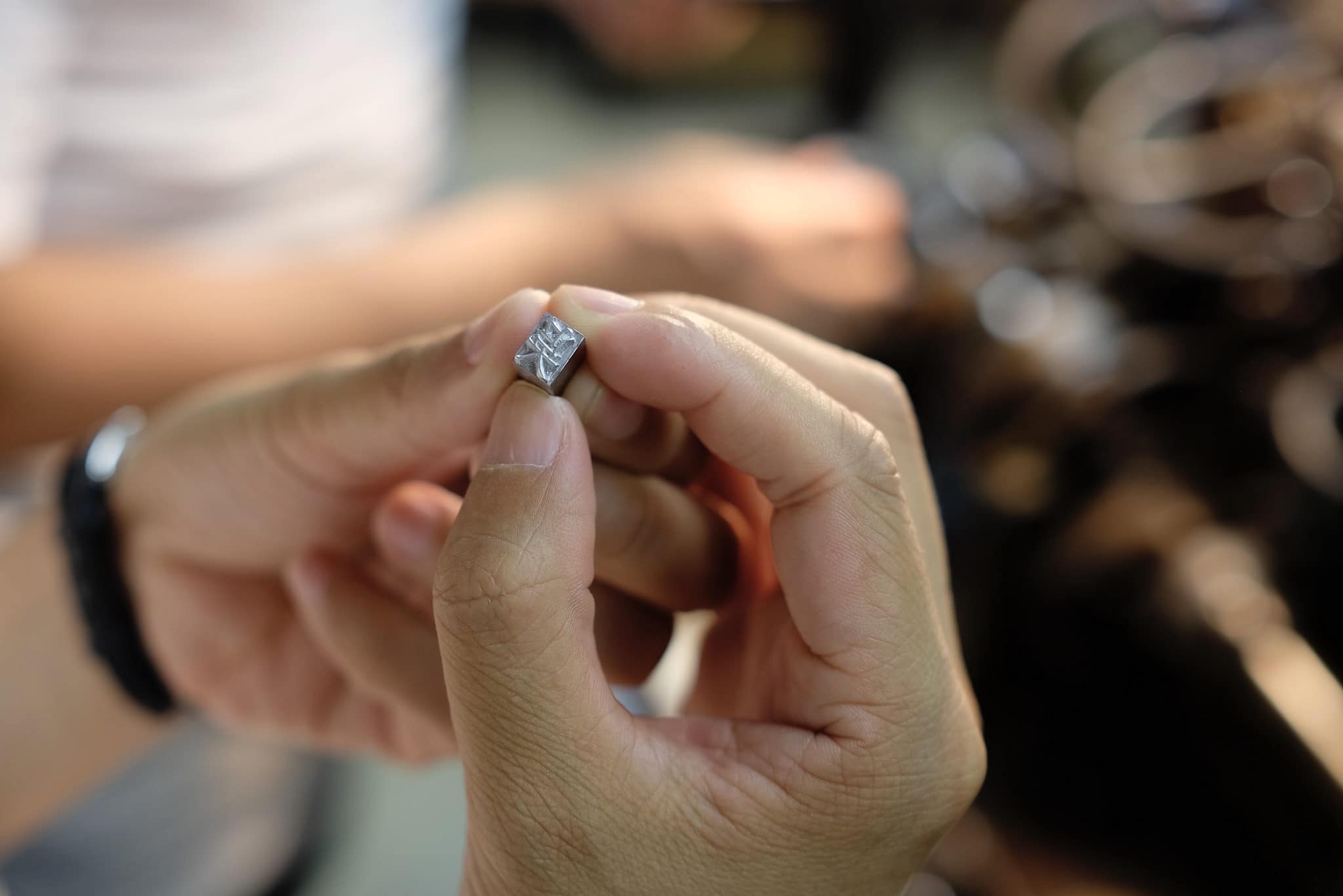
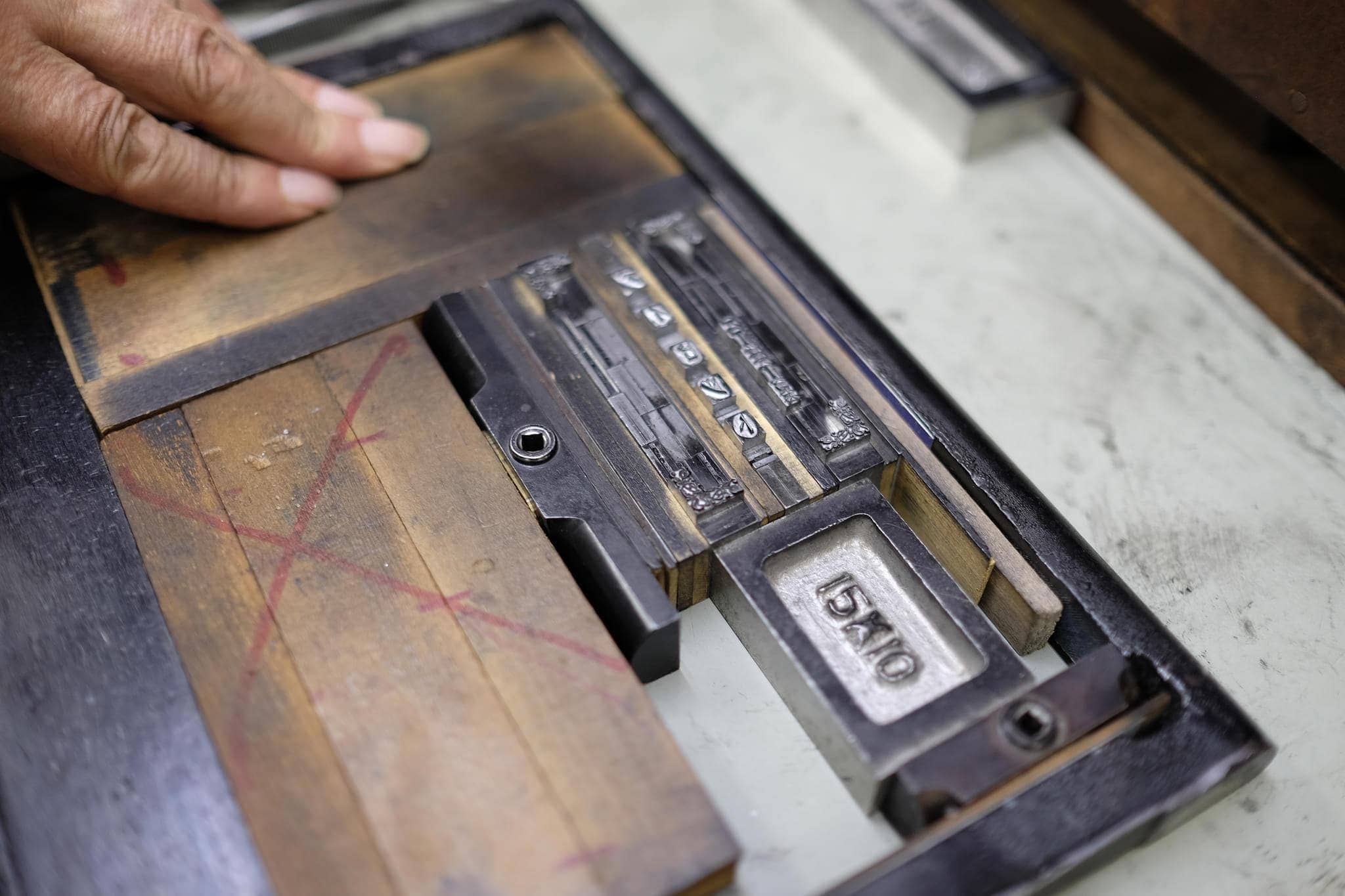
The resulting individual sorts and slugs are composed into sentences and tightly locked into a forme which is mounted on the printing press. A thin coating of ink is applied and impressions are made on paper under pressure.
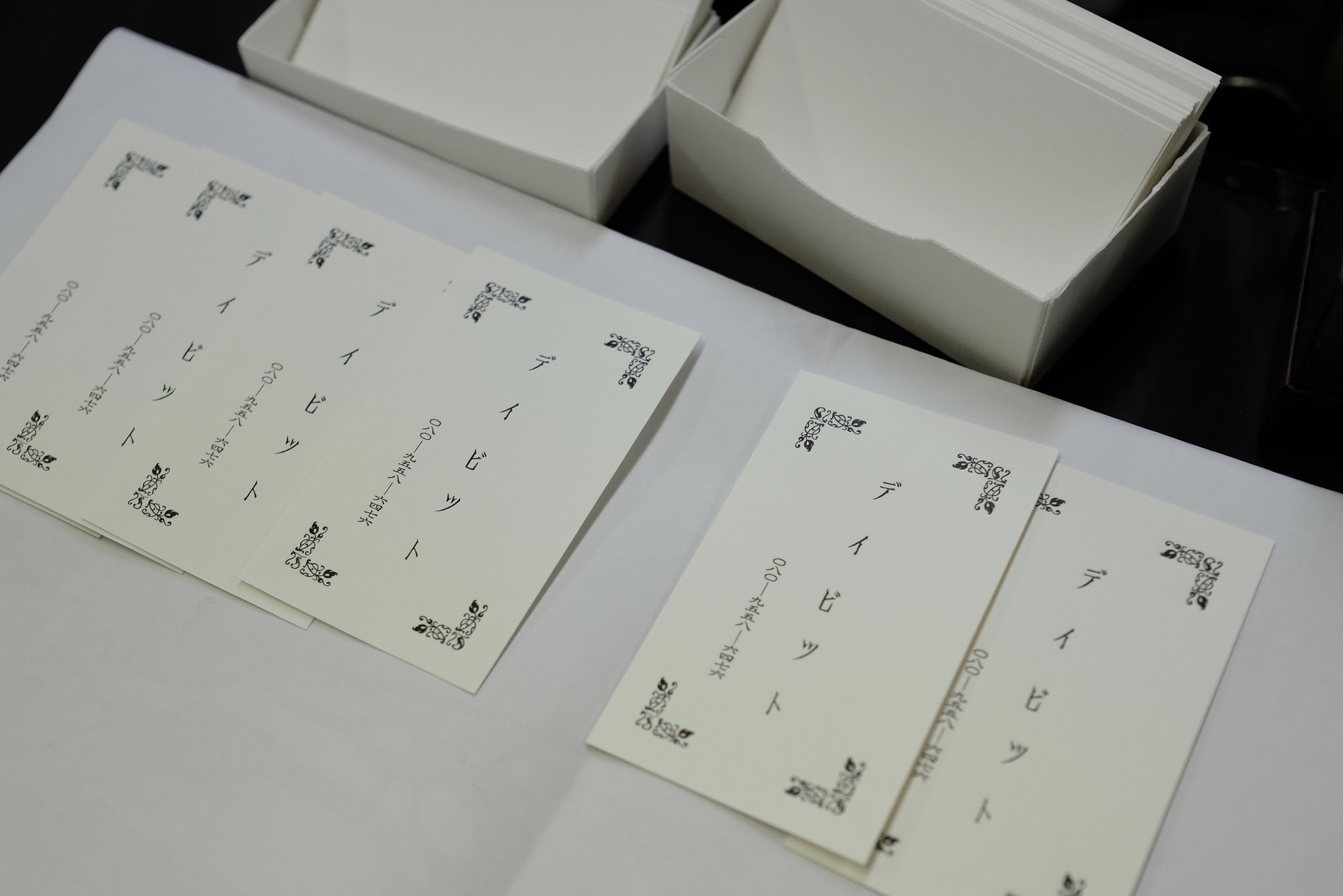
During the class, we were taught how to cast our names into individual metal slugs which we used to print beautiful name cards.
Back when I was a student I had a summer job working in the IT department of my hometown’s local newspaper. On a few occasions, I got the chance to visit the printing press and it invoked the same visceral feelings with all the associated sounds and smells of the mechanical process which is lost in modern computing.
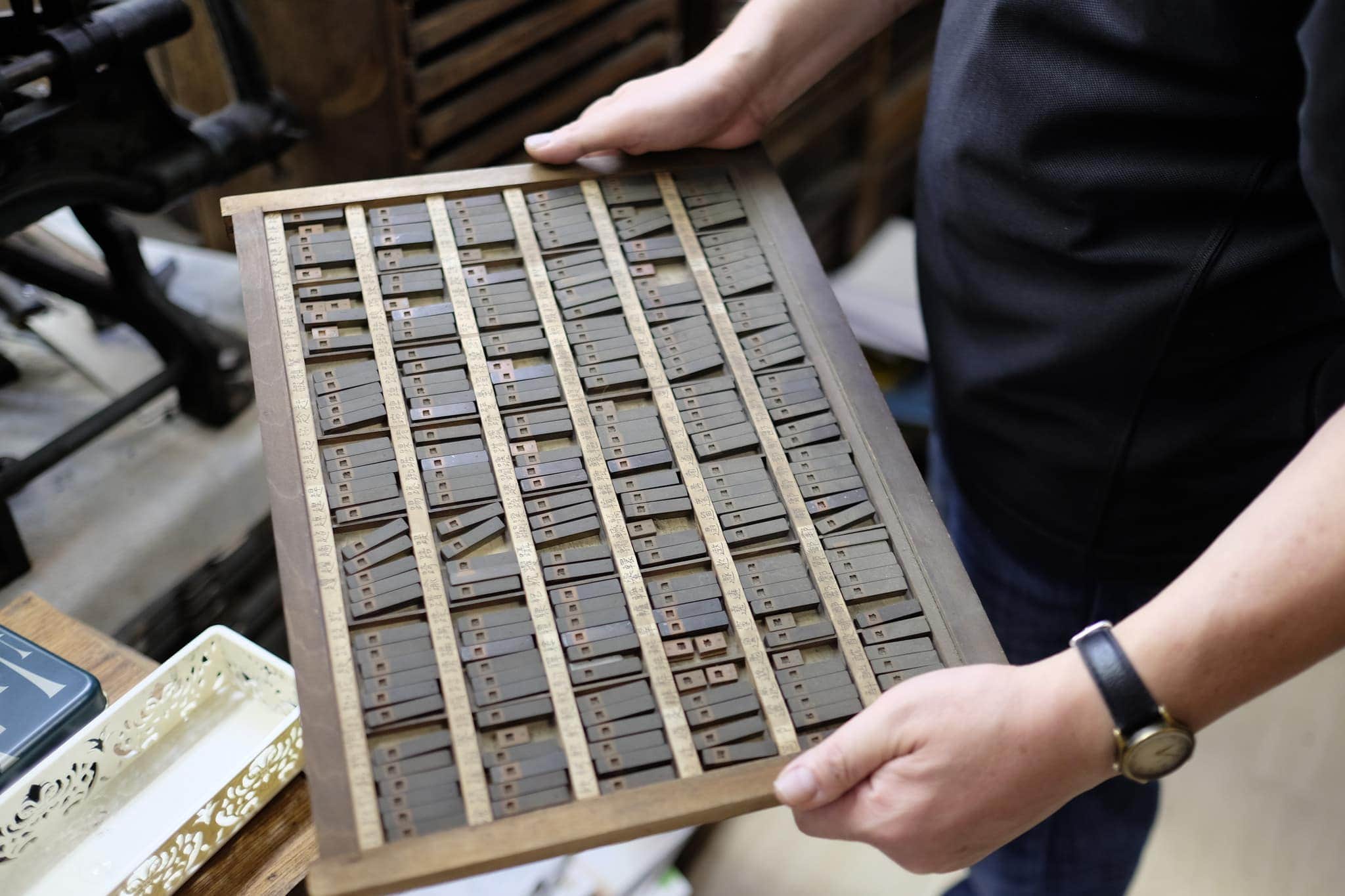
I can only imagine how time-consuming and labour intensive it must have been to print something like a newspaper this way.
If you’re interested in typography and printing it’s well worth paying Tsukiji Katsuji a visit. Amazingly there are quite a few other type studios in Tokyo:
- Kazui Press (嘉瑞工房)
- Nakamura Katsuji (中村活字 活字名片)
- Sasaki Katsuji (佐々木活字店)
- Type Holder (活字工具)
- Tokyo Printing Museum (印刷博物館)

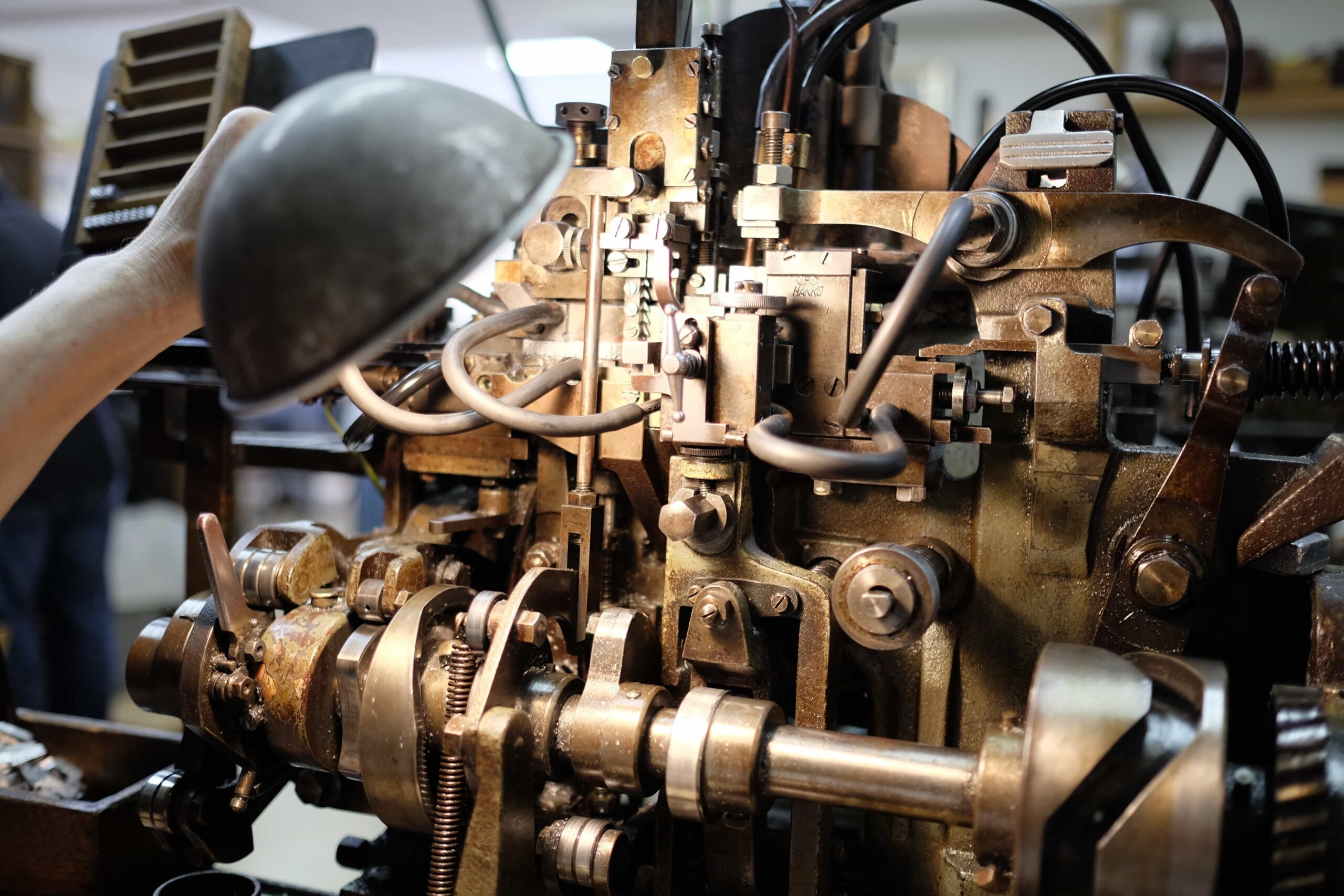
Reply